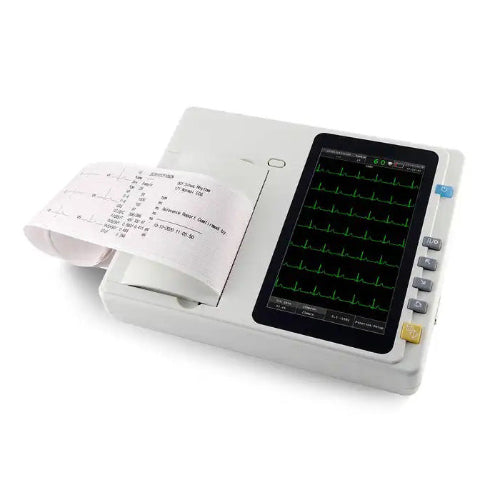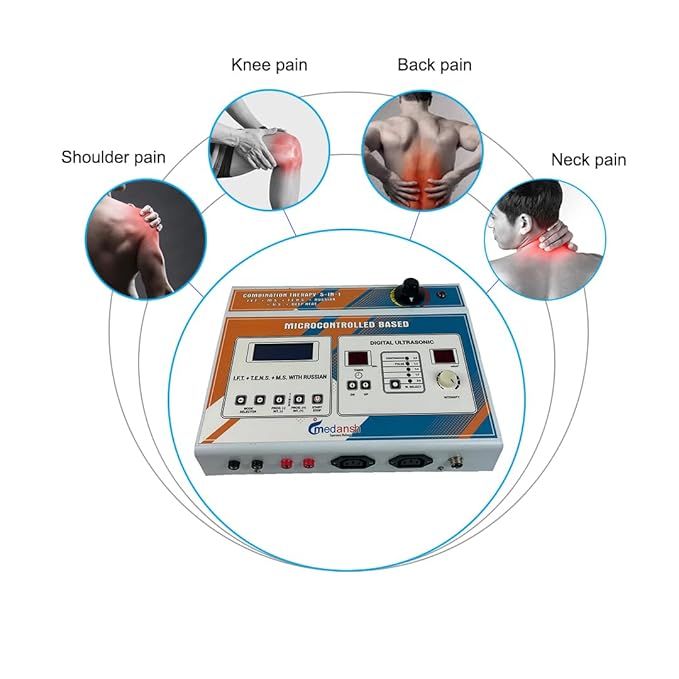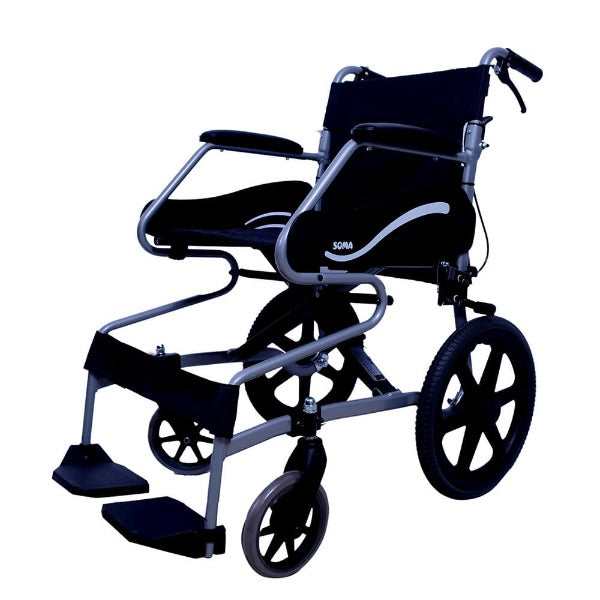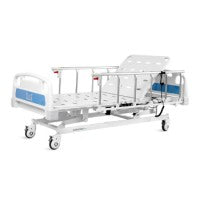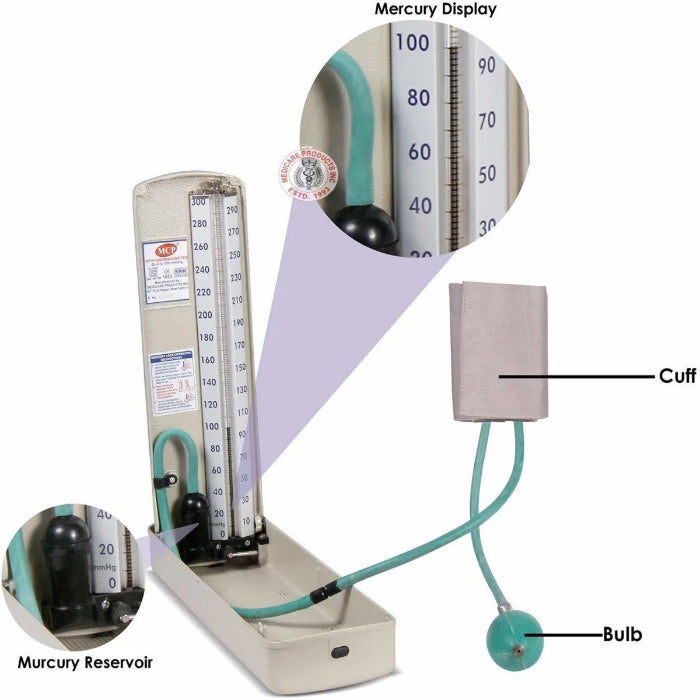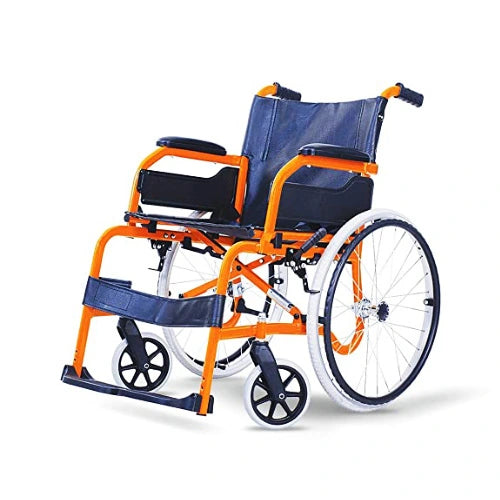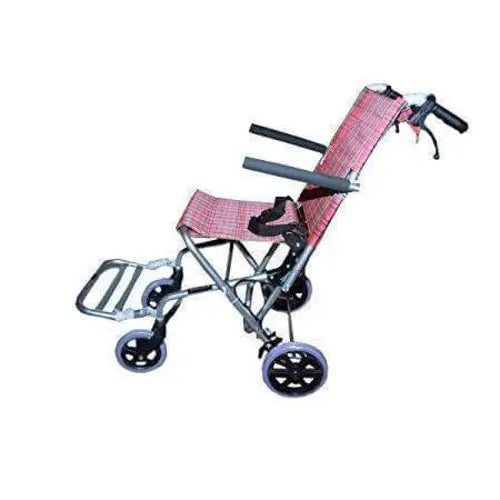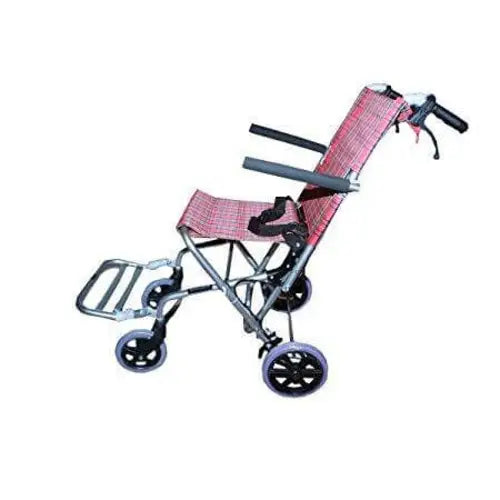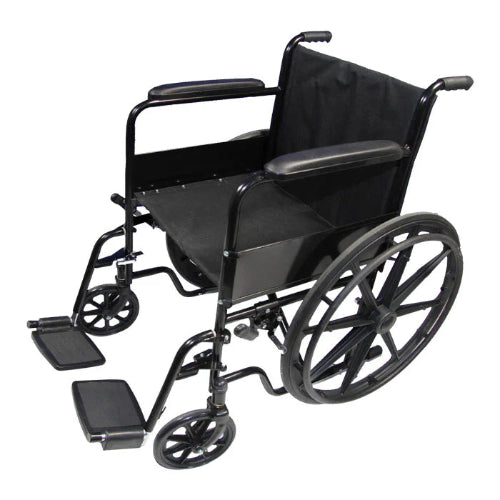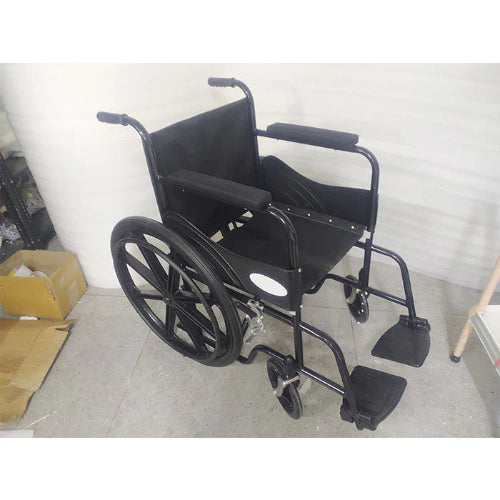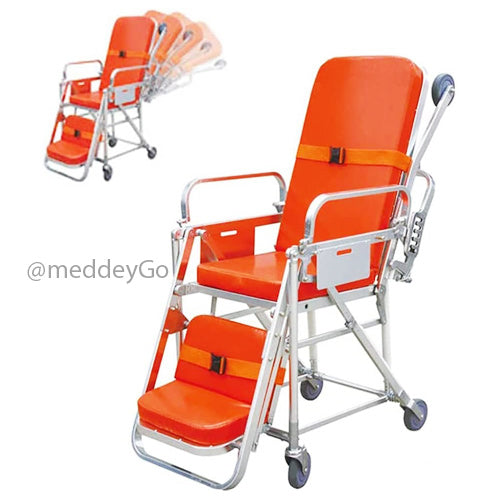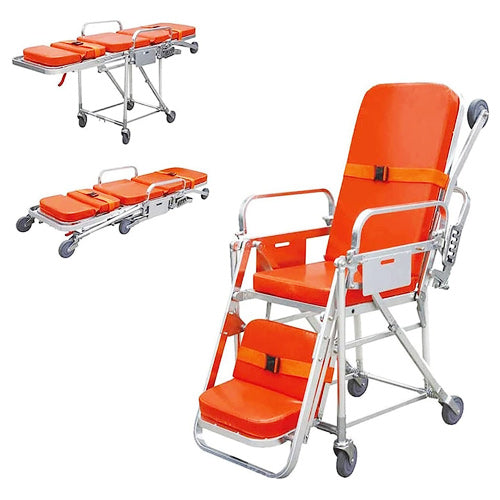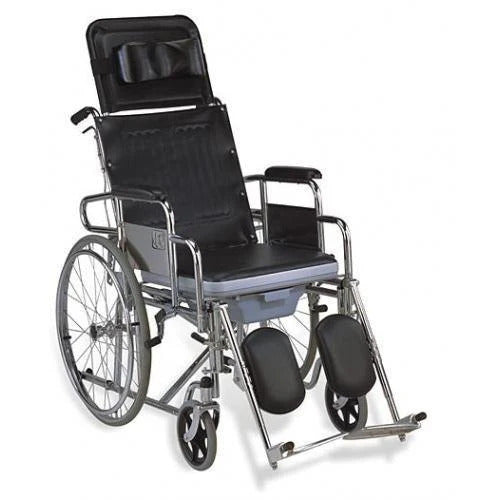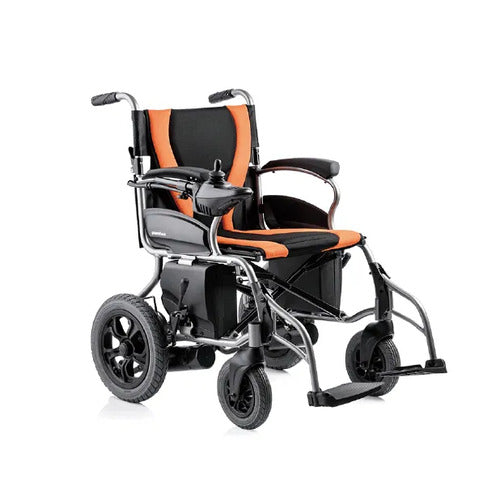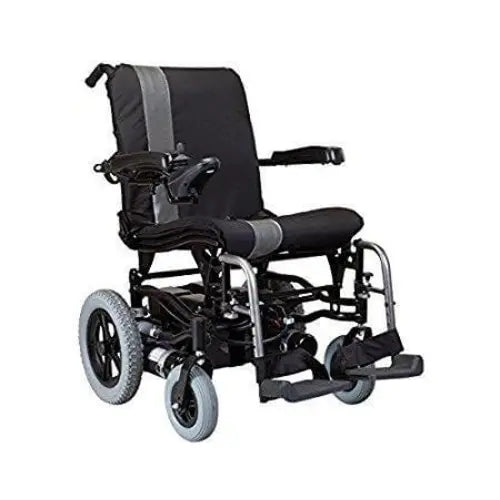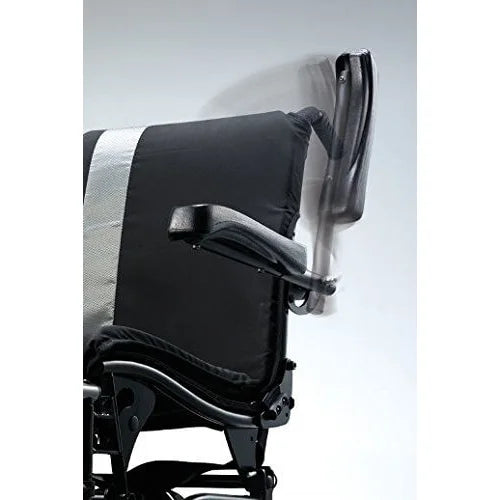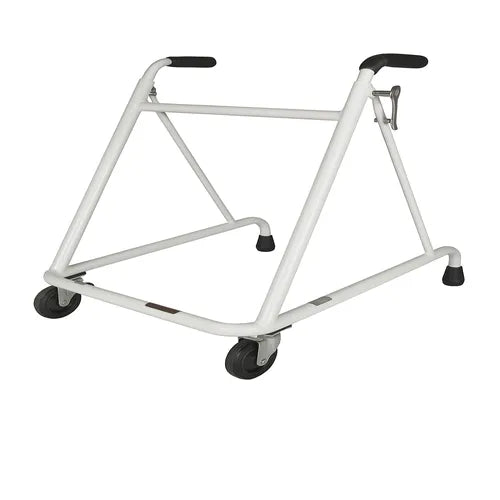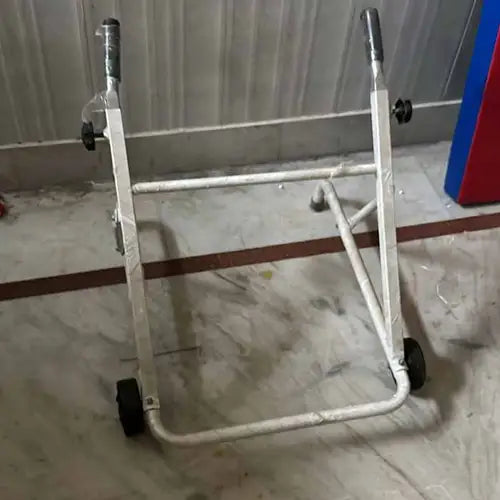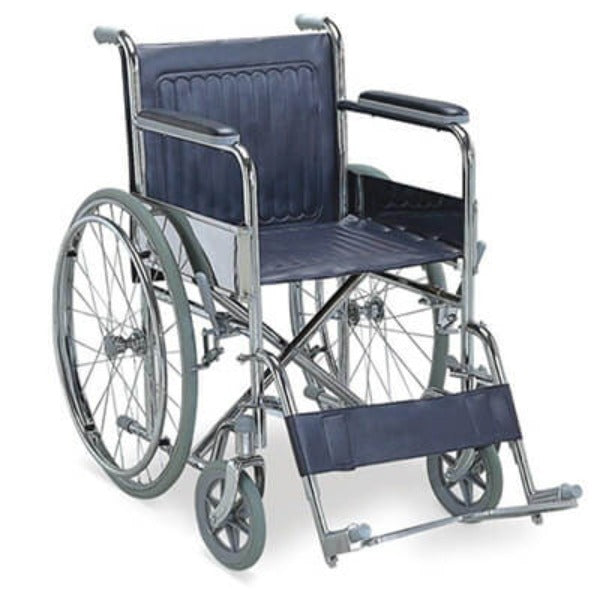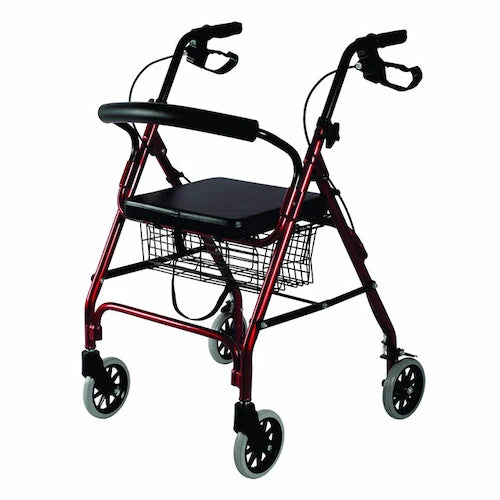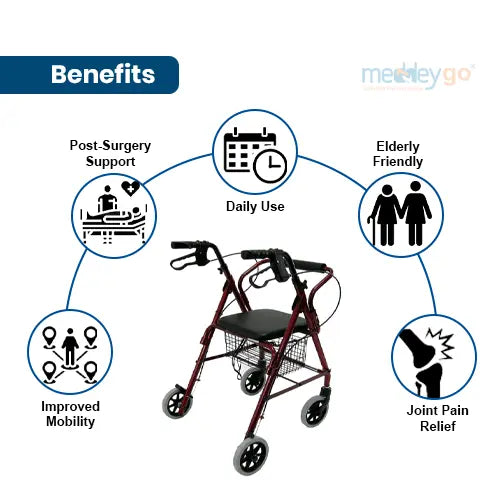Filter
10 products
Type: Patient Transfer
Karma Champion 200 Foldable Wheelchair - Orange
Type: Patient Transfer
Karma Manual Transit Wheelchair TV 30
Type: Accessories
Mag Wheel Regular Foldable Wheelchair
Type: Patient Transfer
Stretcher Cum Wheelchair
Type: Patient Transfer
Yuwell Commode Wheelchair
Type: Patient Transfer
Power Electric Wheelchair Yuwell
Type: Patient Transfer
Karma Power Wheelchair KP 10-3S
Type: Occupational
Walker Rollator Child Premium Quality
Type: karma
Wheelchair with Spoke Wheels
Type: Patient Transfer
Premium Rollator Walker
Collection:
Wheelchair
Wheelchair – A Complete Guide to Mobility, Price, and Safety
A wheelchair is not simply a piece of medical equipment; it is a pathway to freedom and independence. For individuals with mobility limitations, a mobility chair ensures dignity, safety, and access to everyday life. However, before buying, it is essential to understand types, uses, safety precautions, and even wheelchair price.
Because of its critical role, the wheelchair industry has evolved rapidly. Today, users can choose from simple manual models to advanced power chairs equipped with smart controls. Consequently, families and healthcare providers need reliable information to select the right option. This guide covers everything—from history to modern innovations.
What is a Wheelchair?
A wheelchair is a wheeled mobility aid designed for people who cannot walk or who face restricted movement. While early versions existed in ancient times, modern chairs gained popularity in the 20th century due to wars, polio outbreaks, and industrial accidents.
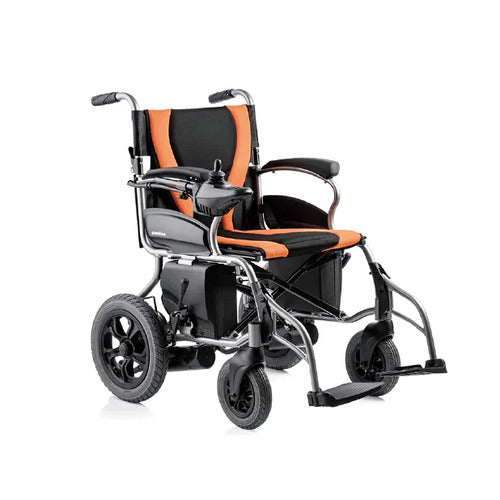
Moreover, advancements in materials like aluminum, titanium, and carbon fiber have made these chairs lighter yet stronger. As a result, users now enjoy greater comfort and maneuverability both indoors and outdoors.
Why Wheelchairs Are Important
The importance of mobility devices cannot be overstated. In fact, wheelchairs improve life quality on many levels:
- Independence – People regain control over their movements without constant assistance.
- Accessibility – Inclusive design ensures participation in schools, workplaces, and public places.
- Comfort and Posture – Ergonomic seats and adjustable backrests reduce strain.
- Rehabilitation Support – Doctors often recommend mobility chairs after surgery.
- Mental Well-Being – Confidence grows when individuals feel less dependent.
Therefore, a wheelchair is not only a physical support system but also an emotional and social lifeline.
Common Uses
Because wheelchairs serve both temporary and permanent needs, their applications are diverse:
- Hospitals and Clinics – Used for patient transport and recovery.
- Elderly Care – Seniors with reduced strength benefit from safe mobility.
- Disability Support – Essential for conditions like spinal cord injuries or muscular dystrophy.
- Rehabilitation Therapy – Physiotherapists include chairs in training routines.
- Sports and Recreation – Special sports wheelchairs allow competitive participation.
Thus, whether for medical recovery or lifelong use, mobility chairs play a vital role.
Types of Wheelchairs
Manufacturers offer many models to meet unique needs. Let’s explore the main categories:
1. Manual Models
These rely on physical effort either from the user or caregiver.
- Standard Chairs – Basic and durable, often seen in hospitals.
- Lightweight Frames – Made of aluminum, easy to fold and transport.
- Transport Chairs – Smaller wheels, pushed by caregivers.
2. Power Chairs
These battery-powered devices provide effortless movement.
- Indoor Chairs – Compact designs for small spaces.
- Outdoor Chairs – Rugged tires and suspension for uneven ground.
- Standing Chairs – Allow users to rise to a standing position safely.
3. Specialized Designs
- Sports Models – Built for speed and agility in games like basketball.
- Pediatric Chairs – Adjustable to suit growing children.
- Reclining & Tilt-in-Space – Offer comfort during long-term sitting.
- All-Terrain Chairs – Suitable for beaches, trails, and rural paths.
Because needs differ, comparing features along with wheelchair price ensures the best purchase decision.
Wheelchair Price: Key Factors
When selecting a chair, buyers often ask about wheelchair price. The cost varies based on:
- Type – Manual models are more affordable than powered versions.
- Material – Titanium and carbon fiber are more costly than steel.
- Features – Cushions, tilt options, or smart controls add expense.
- Brand – Established brands with warranties generally cost more.
- Customization – Tailored sports or pediatric chairs require higher budgets.
Typical ranges include:
- Basic manual chairs: ₹5,000 – ₹15,000
- Lightweight or foldable designs: ₹15,000 – ₹40,000
- Power chairs: ₹60,000 – ₹2,00,000+
Therefore, evaluating wheelchair price in relation to comfort and medical needs is essential.
Precautions for Safe Use
Although mobility chairs provide independence, safety guidelines should always be followed:
- Check Brakes and Tires regularly.
- Maintain Proper Posture to avoid sores or spinal strain.
- Avoid Steep Slopes that risk tipping over.
- Respect Weight Limits to prevent frame damage.
- Charge Batteries Properly for power chairs.
- Stay Alert in crowded or wet areas.
By observing these precautions, users extend the lifespan of their assistive device while protecting themselves.
FAQs
Q1: What is the average wheelchair price in India?
It ranges from about ₹5,000 for basic manual models to over ₹2,00,000 for advanced power chairs.
Q2: Which is better—manual or electric?
Manual versions are budget-friendly and lightweight, while power chairs provide greater convenience for long-term users.
Q3: Can I use a wheelchair outdoors?
Yes, particularly all-terrain and outdoor power chairs designed for uneven surfaces.
Q4: How do I choose the correct size?
Measure hip width, height, and weight, then consult a physiotherapist for guidance.
Q5: How often should it be serviced?
Manual models: at least once every 6 months. Power chairs: every 3 months for battery and motor checks.
Role in Modern Healthcare
Today, wheelchairs are not just hospital tools but part of everyday life. Airports, schools, offices, and public transport systems now integrate accessibility features. Moreover, innovations such as voice-controlled power chairs and AI navigation are shaping the future of mobility.
Consequently, a wheelchair is no longer seen as a limitation but as a symbol of empowerment.
Conclusion
A wheelchair is more than a mobility device—it is a partner in independence, dignity, and inclusion. By understanding types, uses, safety tips, and wheelchair price, individuals can make informed decisions.
Therefore, whether required for a short recovery period or lifelong support, the right mobility chair opens doors to participation, confidence, and freedom.

